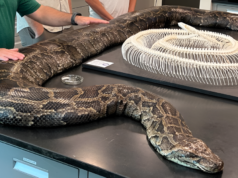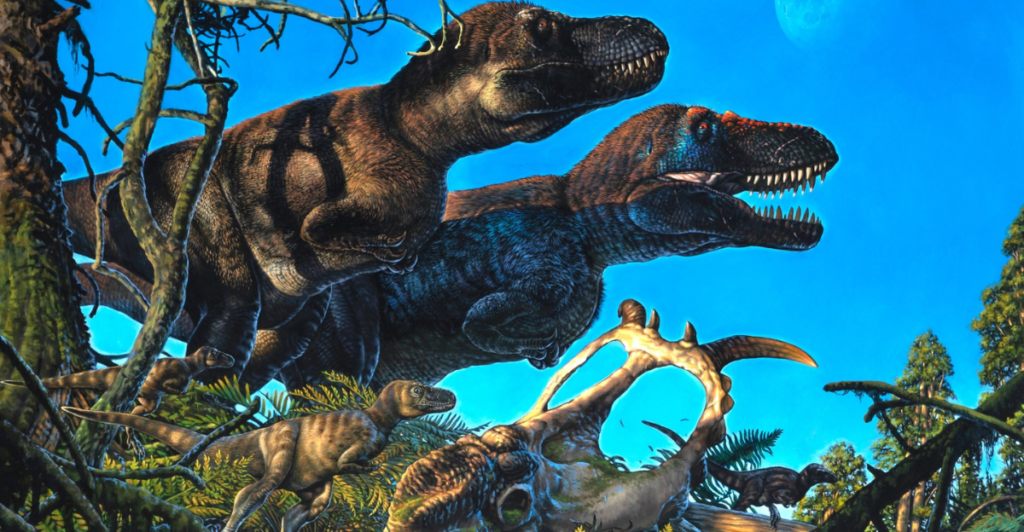
Dinosaurs, long considered the embodiment of ancient mysteries, have shaken up a scientific rule that has guided evolutionary thought for over 150 years. The rule, known as Bergmann’s Rule, suggests animals in colder climates evolve larger bodies to conserve heat. However, recent research reveals dinosaurs defied this principle. By examining fossil records across diverse climates, scientists found no clear correlation between body size and temperature. This groundbreaking discovery not only redefines our understanding of dinosaurs but also challenges fundamental assumptions about evolution and climate.
What is Bergmann’s Rule?

Bergmann’s Rule, proposed in 1847, states that animals in colder environments tend to have larger bodies, aiding in heat conservation by reducing the surface area-to-volume ratio. This principle has been widely observed in modern mammals and birds, like polar bears and Arctic foxes. For decades, scientists assumed this rule applied universally, including to extinct species. However, recent studies suggest dinosaurs broke this rule, raising questions about its validity and application to ancient ecosystems.
The Dinosaur Fossil Study
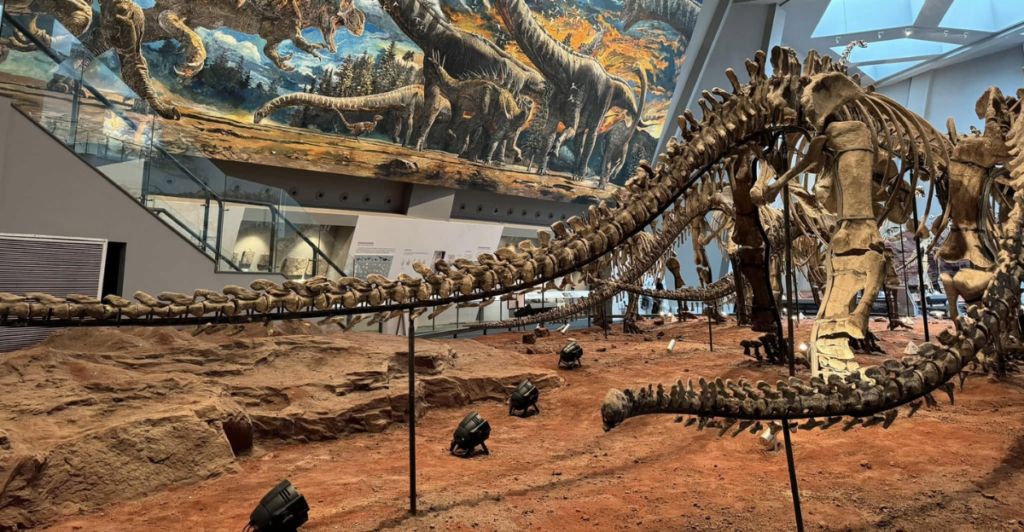
A comprehensive study published in Nature Communications analyzed dinosaur fossils from the Mesozoic Era (250–65 million years ago). Researchers examined over 150 species, comparing body sizes across various climates. Surprisingly, they found no consistent pattern linking larger body sizes to colder regions. Unlike mammals and birds, dinosaurs’ body sizes appeared unaffected by environmental temperatures, suggesting alternative evolutionary pressures shaped their growth.
Climate During the Dinosaur Era

The Mesozoic Era featured a warm, greenhouse-like climate with significant regional variations. Dinosaurs thrived from polar regions to equatorial zones, adapting to diverse conditions. The lack of a strict cold-to-warm body size gradient suggests these creatures evolved unique strategies for survival, potentially prioritizing factors like predation, competition, and food availability over temperature regulation.
Differences Between Dinosaurs and Modern Animals
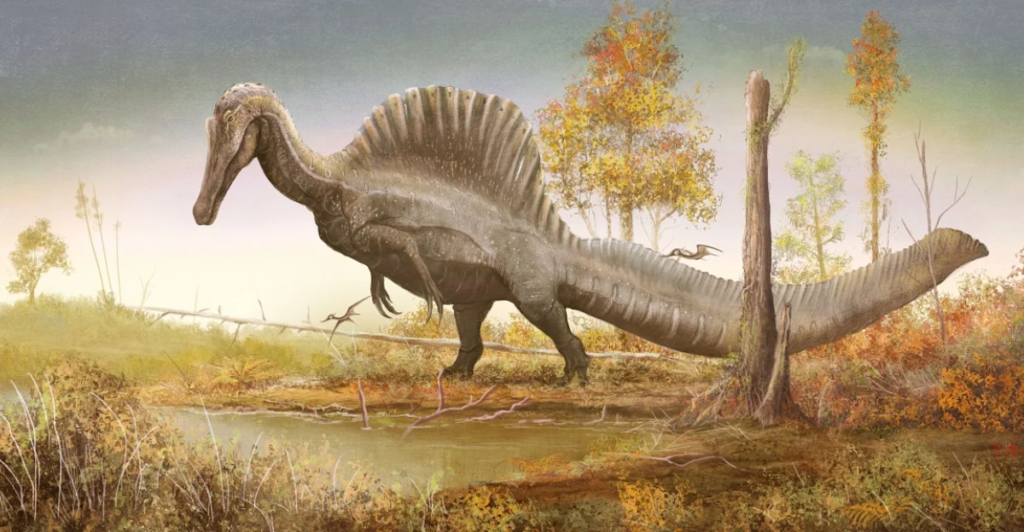
Modern warm-blooded animals, such as birds and mammals, heavily rely on internal heat regulation, making them more susceptible to climate-driven size changes. Dinosaurs, likely a mix of warm- and cold-blooded species, could have adapted differently. This metabolic flexibility may explain their defiance of Bergmann’s Rule, showcasing the diversity and complexity of dinosaur physiology.
Implications for Dinosaur Physiology
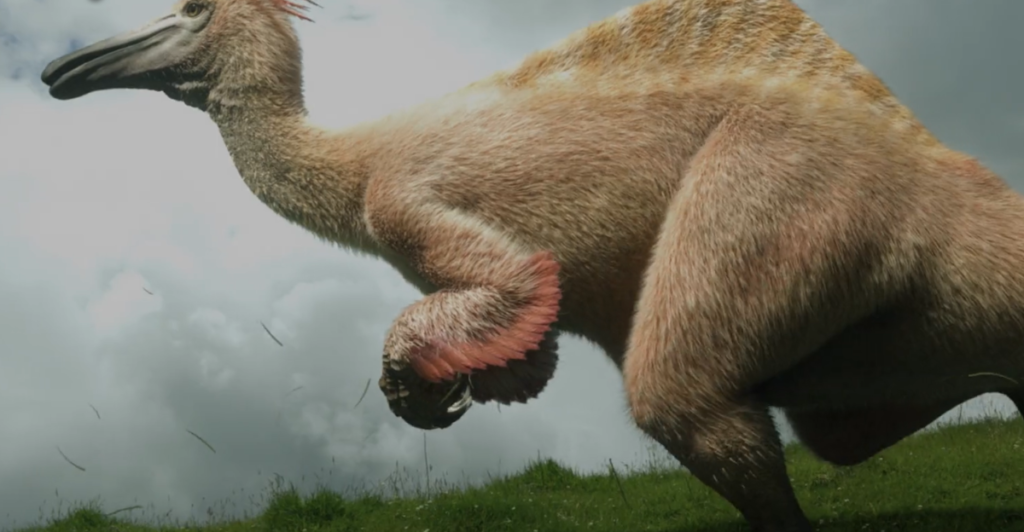
The findings challenge long-held assumptions about dinosaur metabolism. Their ability to thrive without conforming to temperature-related body size trends hints at unique physiological adaptations. Some paleontologists speculate that insulation, such as feathers, and behavioral strategies like migration or burrowing, may have compensated for temperature variations.
Fossil Evidence from Polar Regions

Fossils from Antarctica and Alaska reveal dinosaurs inhabited polar regions, enduring months of darkness and subfreezing temperatures. Intriguingly, these polar dinosaurs were not significantly larger than their tropical counterparts. Instead, they exhibited behavioral adaptations, such as hibernation or seasonal migration, which may have been key to their survival in extreme climates.
Challenges to Bergmann’s Rule in Other Species

Dinosaurs aren’t the only exception to Bergmann’s Rule. Recent studies indicate some Mesozoic mammals and reptiles also defied this principle. These findings suggest that Bergmann’s Rule might not be as universal as once thought, particularly for ancient species living in unique ecosystems.
Modern Animals Defying Bergmann’s Rule

Even among modern animals, exceptions to Bergmann’s Rule exist. Certain bird species and reptiles show no clear link between body size and climate. These anomalies highlight the complexity of evolution and suggest that additional factors, such as diet, predation, and habitat, may often override temperature considerations.
Evolutionary Pressures on Dinosaurs
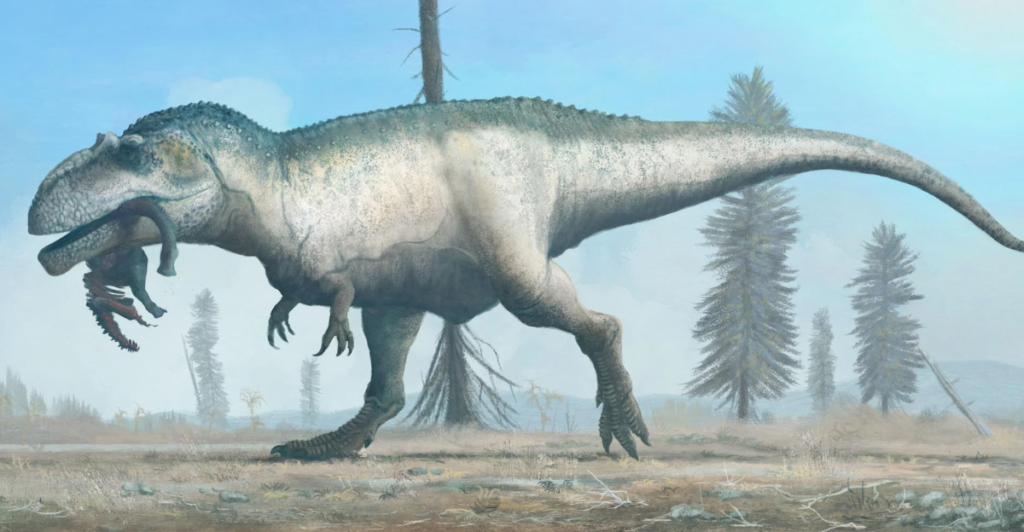
The lack of adherence to Bergmann’s Rule in dinosaurs suggests other evolutionary pressures took precedence. Factors like the need for speed, agility, or social dynamics may have played critical roles in determining body size. Larger dinosaurs may have thrived in predator-rich areas, while smaller ones succeeded in environments requiring greater mobility.
Revisiting Dinosaur Behavior
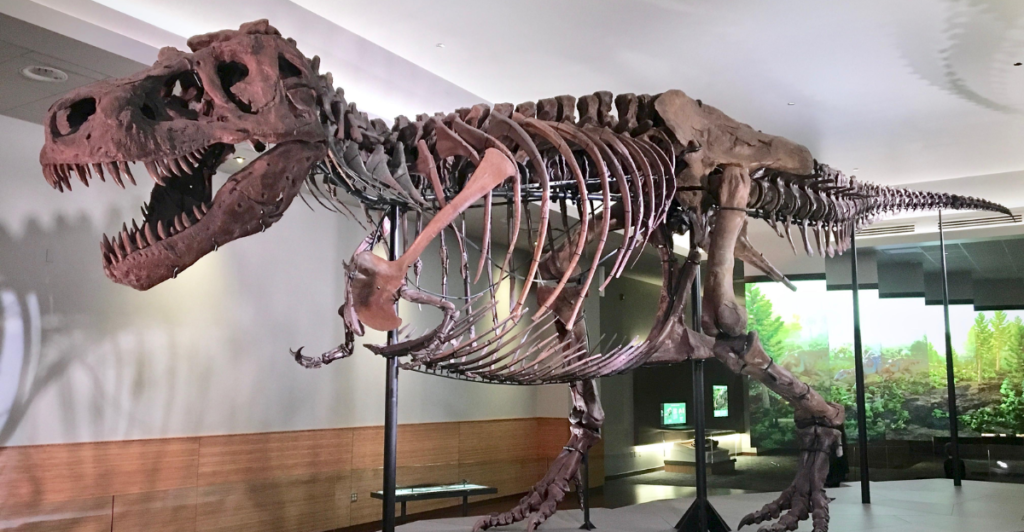
The new findings encourage scientists to reexamine dinosaur behavior and ecology. How did they cope with climate extremes without evolving larger body sizes? Hypotheses include advanced thermoregulation techniques, seasonal behavioral shifts, and specialized diets that reduced reliance on temperature-based adaptations.
Insights from Extinct Ecosystems
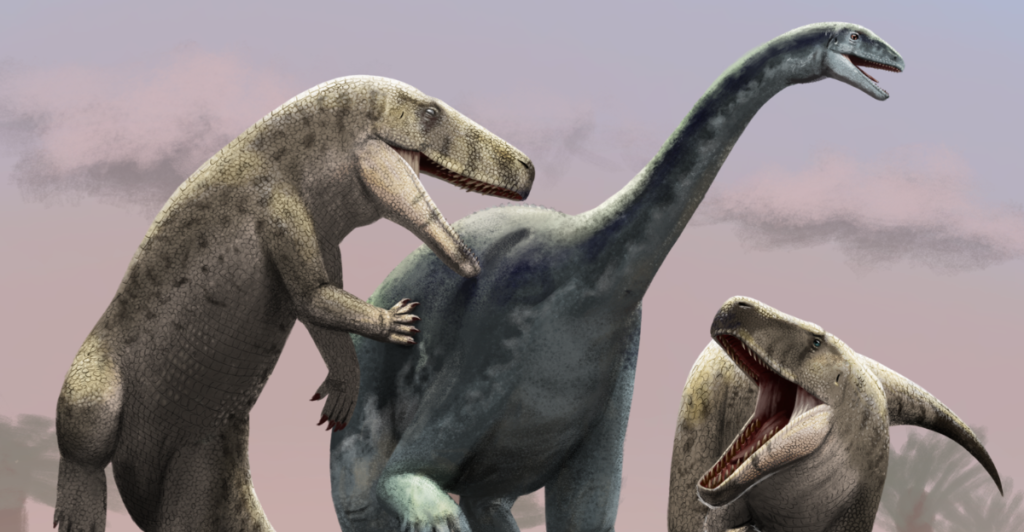
Understanding why dinosaurs defied Bergmann’s Rule sheds light on ancient ecosystems. It suggests that prehistoric environments operated under different principles, where competition, resource availability, and ecological niches influenced evolutionary outcomes more than temperature.
Broader Implications for Evolutionary Theory
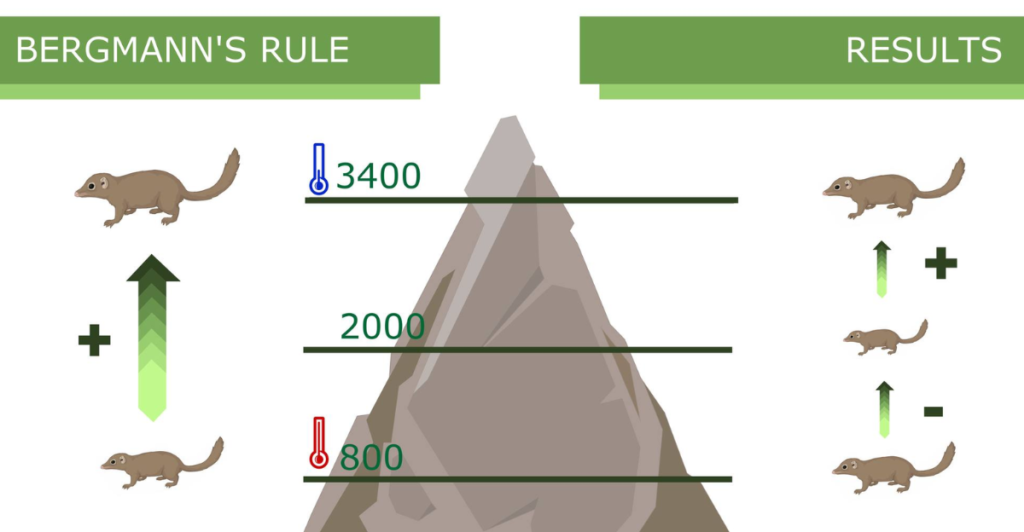
The discovery challenges the universality of Bergmann’s Rule and raises questions about other longstanding evolutionary principles. It underscores the importance of testing scientific rules across diverse species and time periods, recognizing that evolution often defies simple, one-size-fits-all explanations.
The Legacy of Dinosaurs
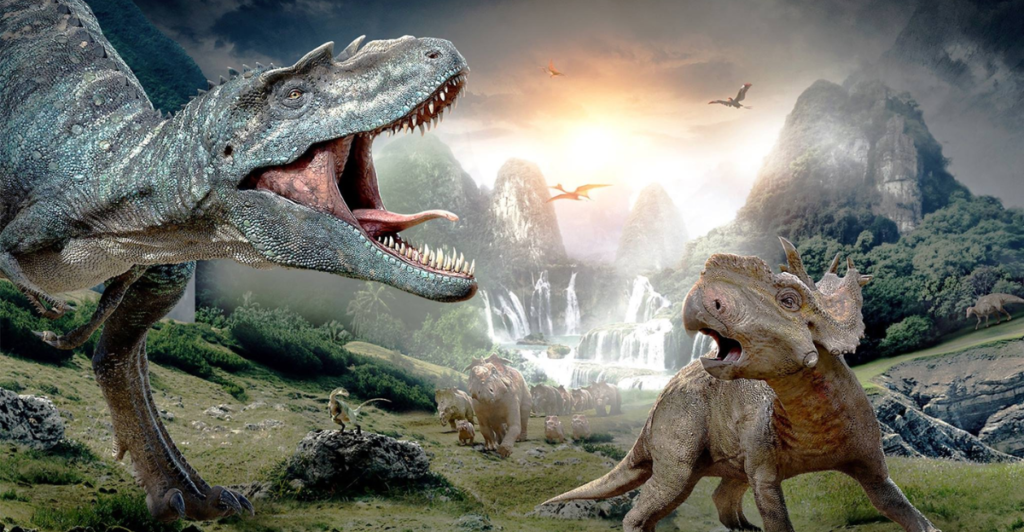
Dinosaurs continue to revolutionize our understanding of life on Earth. Their defiance of Bergmann’s Rule highlights their adaptability and underscores the need for open-mindedness in scientific inquiry. These ancient creatures remind us that evolution is a dynamic, multifaceted process that still holds countless mysteries waiting to be uncovered.
The discovery that dinosaurs defied Bergmann’s Rule challenges a cornerstone of evolutionary biology. By exploring this anomaly, scientists are gaining new insights into dinosaur physiology, behavior, and the complexity of ancient ecosystems. This finding serves as a reminder of evolution’s intricacies and the importance of revisiting established principles in light of new evidence. Dinosaurs, as ever, remain an endless source of fascination and a testament to the dynamic, unpredictable nature of life on Earth.
Sources:
Dinosaurs Found To Break 150-Year-Old Scientific Rule
Bergmann’s rule is absent in Mesozoic dinosaurs and mammals
Dinosaur study challenges Bergmann’s rule
Stay connected with us for more stories like this! Follow us to get the latest updates or hit the Follow button at the top of this article, and let us know what you think by leaving your feedback below. We’d love to hear from you!


